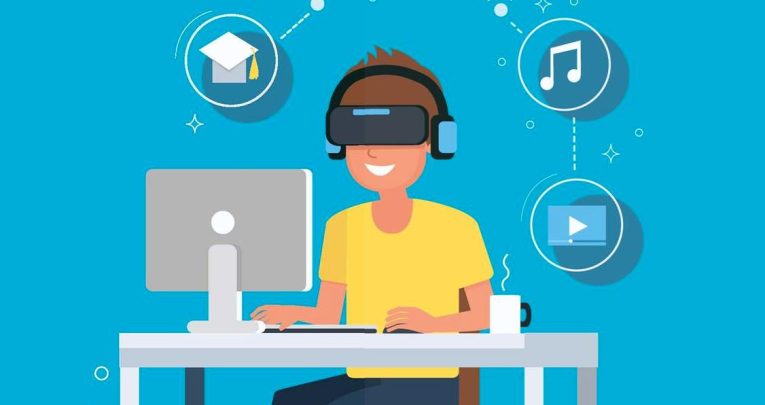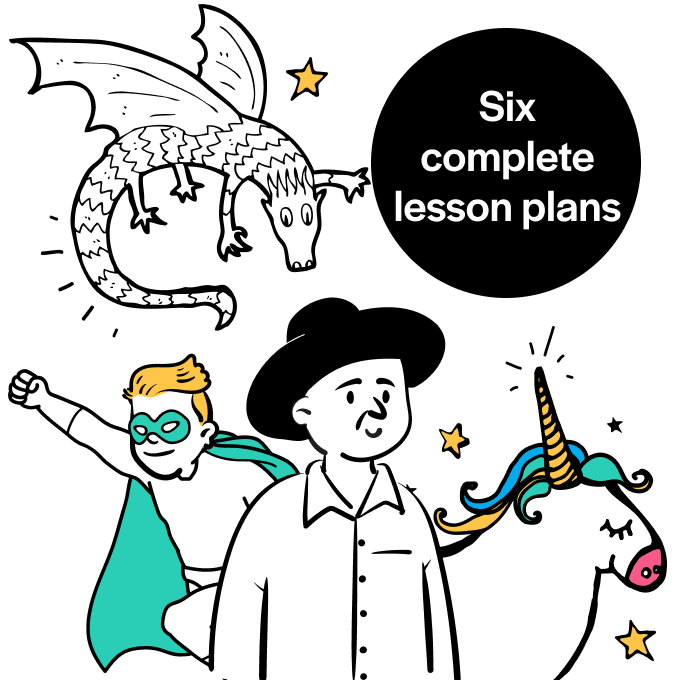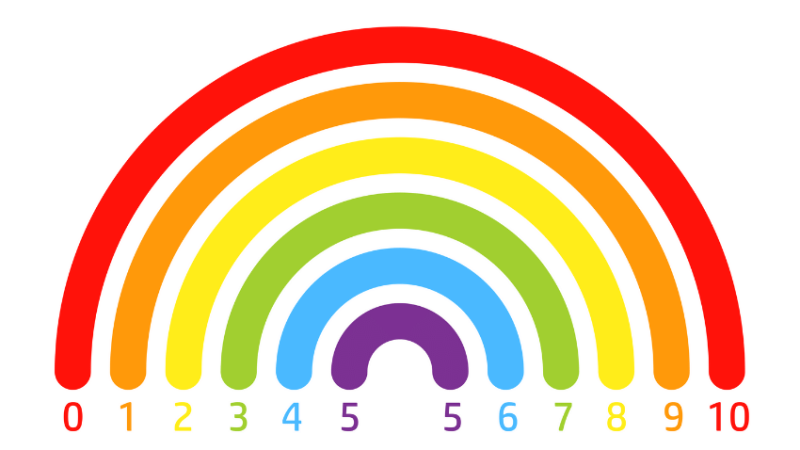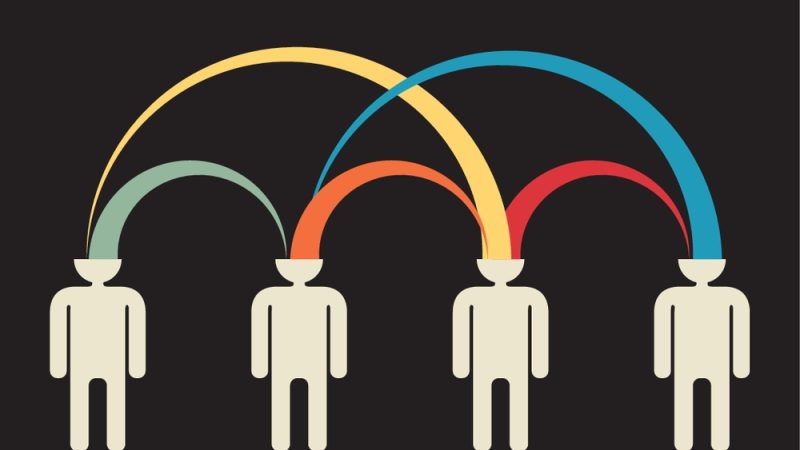Virtual Reality In The Classroom - The Benefits And The Barriers

The technology is in its infancy, says Simon Harbridge, but the educational possibilities of virtual reality are very exciting indeed…

Education has been gradually adopting technologies that first gained mass popularity in the consumer market into everyday classroom life – most notably tablets. So, can we expect virtual reality to be the next technology to transform the way that pupils learn?
With the virtual reality market expected to break the $1bn (£710m) barrier this year, according to Deloitte, and with Goldman Sachs predicting the market could be worth $80bn (£56.8bn) by 2025, the focus is expected to shift away from the traditional gaming industry and into other sectors as the technology gains traction. Most notably, we expect to see greater adoption in the education sector in the coming years.
Going deeper
Virtual reality involves complete immersion in a fully imagined environment. While the technology is still in its infancy and not yet truly immersive, we are starting to see the first wave of commercially available educational products and solutions, offering the potential to transform the classroom, enhancing the way in which students acquire and engage with knowledge. When tailored to the curriculum and a particular area of study, virtual reality enables teachers to truly bring their subject matter to life, allowing students to fully engage in the content and nurture a deep understanding of the subject.
With the ability to create any virtual environment, it’s easy to see the potential that the technology has to deliver immersive experiences that are not only entertaining but also educational. As teaching continuously seeks to become more interactive and immersive, virtual reality is often touted as one of the education technology trends to watch.
The potential that the technology has in providing immersive educational experiences begins in primary school classrooms. Working on the widely accepted belief that children learn best by doing or being, virtual reality possesses the ability to maximise learning by letting pupils ‘be’ or ‘do’ anything imaginable – without ever having to leave the classroom. According to educational psychologists, we remember 10% of what we read, 20% of what we hear and 90% of what we do. Students are therefore more likely to retain information learned in an immersive environment during a virtual reality experience than in a more traditional lesson or classroom setting.
One particular project leading the way in virtual reality for the classroom is Google Expeditions. The virtual reality system for education takes students on a virtual journey that would, financially and logistically, be otherwise impossible, incorporating not only faraway destinations but also simulating voyages to extraordinary places like the deep sea or outer space.
A growing number of companies are focusing on providing schools with the content and tools needed to implement virtual reality-based teaching in the classroom. There’s already a wide range of experiences available and the possibilities are endless, presenting a real opportunity to create experiences that are not only relevant to the curriculum, but can also transform learning in new and innovative ways. The only limit is imagination when it comes to virtual places from the present, as well as the past, that could be experienced in the coming years. Actually ‘being there’ could completely transform the way that students learn about the world today and historical events and places.
Careful consideration
There are of course challenges associated with adopting virtual reality technology into education, the most obvious one being cost. In order to take advantage of virtual reality, schools need to invest in high performance PCs in order to provide the best, most seamless experience possible. Together with the additional costs of graphics cards and peripherals such as headsets, the hardware requirements present potential cost barriers to the adoption of virtual reality in schools.
With this in mind, it may be a few years before the technology becomes affordable for schools, and therefore adoption is likely to be gradual. However, we advise any education provider planning to adopt virtual reality in the coming years to look at a five-year, rather than two-year, plan in order to future proof their ICT.
Beyond budget challenges, there are some safety concerns and potential negative side-effects of virtual reality that schools must consider. It might seem surprising that virtual reality would pose any physical risks but some users may experience stress or anxiety after wearing a virtual reality headset for more than a few minutes. Other negative physical side effects can include eyestrain, nausea and motion sickness. Because users strapped into a headset cannot see anything around them, there are also obvious physical dangers. To avoid this, we would recommend that schools limit the time students spend using the headsets and ensure they remain seated and take regular breaks. Some schools have even introduced immersive suites specifically tailored to the safe use of virtual reality technology.
Despite the cost barriers and potential risks, it’s easy to see the impact that virtual reality could have on education. As long as the technology is there, increasingly engaging content will be created, which will further aid and enhance learning. Meanwhile, hardware developers must continue to work on the human-machine interface to develop a comfortable viewing experience.
Virtual reality creates the opportunity for students to experience something they wouldn’t have been able to before, and learn in an infinitely more engaging environment. As with any innovative educational technology, it does not represent an alternative to teaching but an opportunity for innovative educational methods that can be adapted and led by the teacher in order to best suit the needs of the class. Like all technologies in education, it is important that virtual reality is adopted into education in a way that is centered around how students learn, and that teachers fully understand how to use the technology to its full potential.
3 steps to virtual success
1. Audit the existing curriculum to identify where virtual reality can support and enhance learning.
2. Investigate and evaluate virtual reality platforms, software and apps to meet education objectives.
3. Create a workshop environment to engage and train teachers to better understand the technology and practically embed virtual reality in the curriculum.
About the author
Simon Harbridge has been the CEO at Stone Group, the provider of ICT solutions and services to education and the public sector, since 2012. Previous to this, he was the finance director, and has been a board member for seven years.










